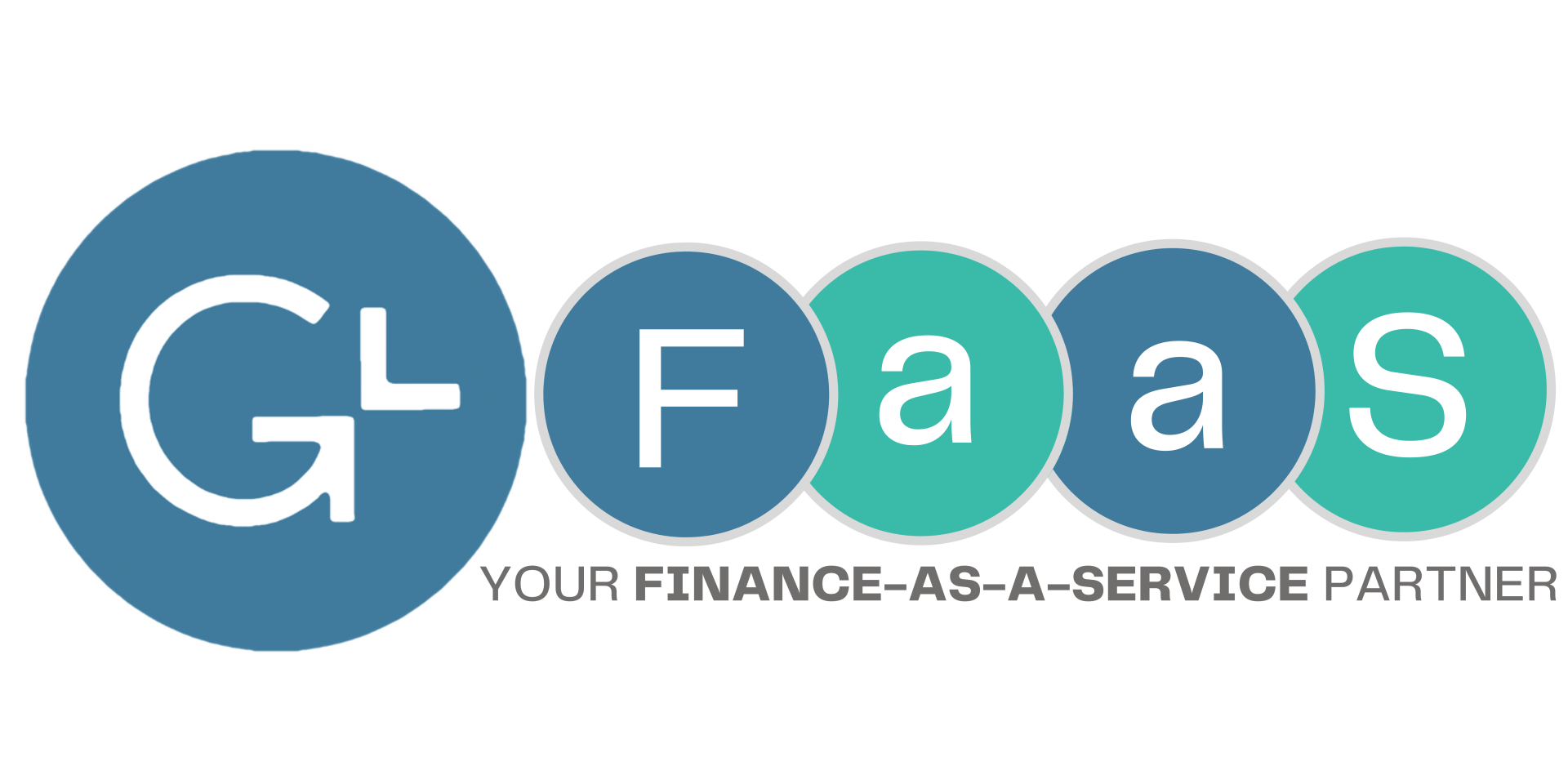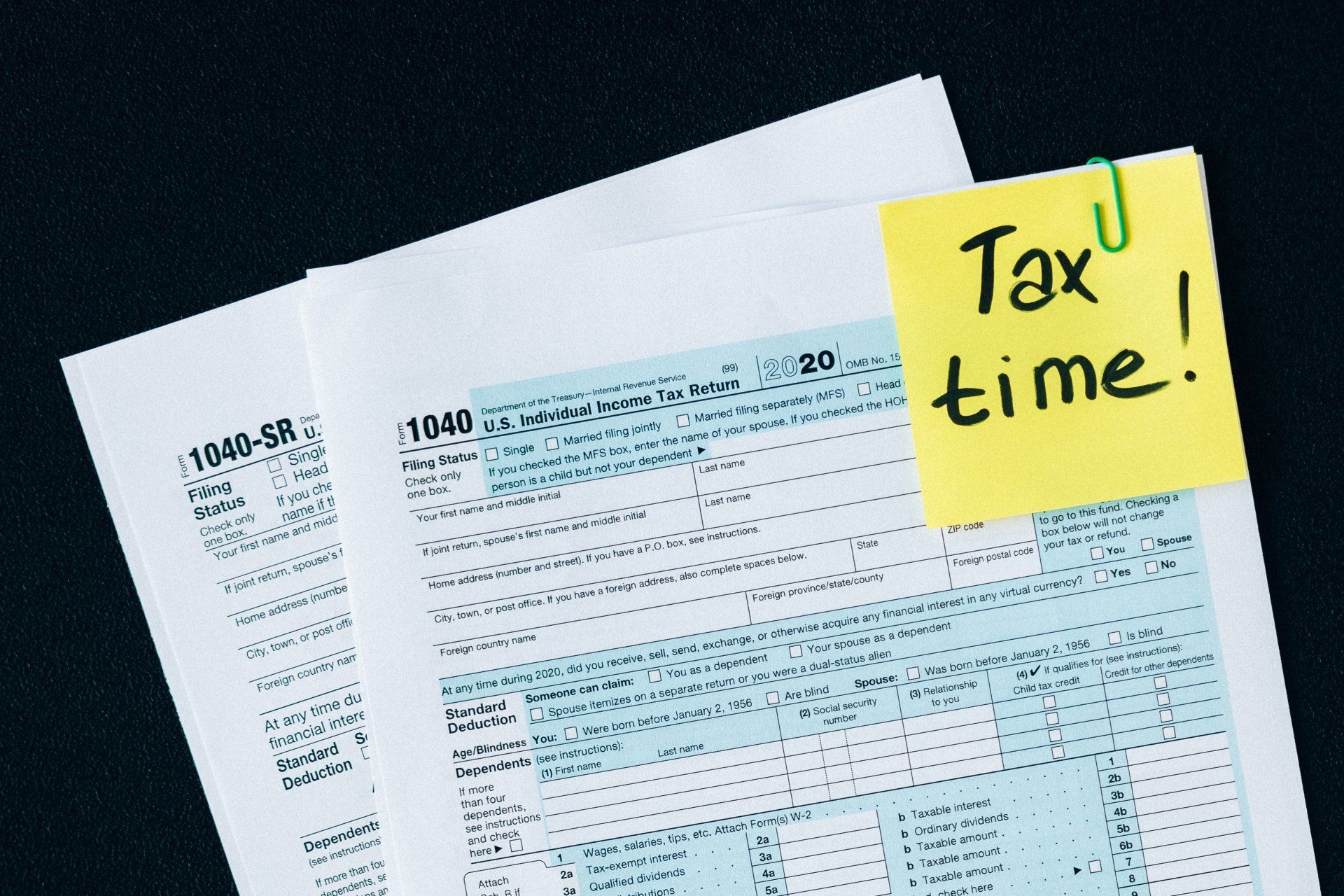Strategic Planning & Execution with Your PPP Loan (Part 3 of 3)
Strategic Planning & Execution with Your PPP Loan
This is the third in GrowthLab’s series. We previously explored, “How to Strategically Use Your PPP Loan,” and “Cash Flow Planning & Your PPP Loan.”
Tracking & Documenting Your PPP Loan Forgiveness
Let’s do a quick recap of our journey to date, before we dive into documentation. First and foremost, you need to ensure that the money is spent strategically to drive business value (not just employment). Secondly, you need to plan cash; optimize where and when you spend the money to ensure that you can get an optimal forgiveness amount balanced with optimal value for your business. And, lastly, you need to keep track of the PPP money to document your forgiveness which is what we’ll focus on here.
There was a lot of chaos going into the PPP. The law was passed and pushed through to banks without enough time to establish guidelines and expectations; but the program worked, businesses got their loans. When it comes to forgiveness, expect some similar chaos. There is a lot that we don’t know yet, but we do know that every request for forgiveness will require the right documentation. That’s the focus of this piece.
GrowthLab recommends that you keep a few things in mind and take a few key actions to keep your accounting and recordkeeping in order. Good accounting and records will help you be prepared to submit your forgiveness paperwork. Also, if you get audited by the SBA, you are going to be in a better position to prove that you were prudent in your forgiveness calculations.
- Know that the rules are going to change — Remember how the rules changed as the PPP program was being developed? You should expect the same for the rules for forgiveness. Banks are anticipating that the treasury will provide more specific guidance in the upcoming weeks. Stay familiar with the guidelines and what is “in” and what is “out” of forgiveness.
- Create dedicated bank account for your loan and only transfer money for “forgivable” stuff — Don’t let the money get “lost” in your operating account. Open an account to hold the PPP loan monies (or, if you don’t want to do that, put it into your payroll account where there is minimal activity). For every payroll run, transfer the exact amount of each payroll from your loan account to your payroll account. When you pay your rent, transfer the exact amount of rent to your operating account. When you pay your utilities, transfer the exact amount of your utilities. Do the same for health and dental benefits. Don’t do anything else with the PPP account — don’t put any other money into it or pull any other money out of it. Remember that these funds are not free money or income until they are forgiven. Treat them as such.
- Plan for timing of payroll — Make sure that the cash you want to be forgiven is leaving your account during the eight week period. We recommend that you plan for all of your forgivable expenses. Take a look back at our cash planning piece in this series. If your last payroll falls one day or two days outside of the eight-week period, we may suggest running a special, early, payroll during the eight week period.
- Create a new class in accounting system and use it for all relevant transactions — Create a new class in your accounting system. Call it, “PPP Loan.” Every transaction associated with the PPP forgiveness should be classed as “PPP Loan.” This likely includes wages, certain payroll taxes, utilities, rent, principal & interest on mortgage, and health insurance expenses. At the end of the eight weeks, you will be able to pull a cash-basis P&L by class to quickly see all your PPP Loan expenses.
- Attach source documents to each PPP Loan transaction — Ensure that there is a source document uploaded to the transaction in the general ledger for every transaction that is in the PPP Loan class. Make the general ledger into your documentation guru. Thus, whether you are looking for documents to send to the bank or whether the IRS is auditing your books, you do not need to look beyond your general ledger for documentation. HubDoc and ReceiptBank are tools we use with nearly all our customers to do this for every source document, not just in special circumstances like this.
- Do weekly check ins on your cash planning & forgiveness during the PPP loan period — Set a weekly cadence. Update your cash flow forecast. Review your anticipated forgiveness. Identify adjustments you could make to maximize business value. At a minimum, review your cash basis P&L by class at weeks 2, 4, 6, and 7 (because 8 is too late) to identify issues & opportunities and make final business (and cash) decisions.
Check out More of our Recent Content!

GrowthLab is your Finance-as-a-Service partner
that serves Founders and Management Teams with



